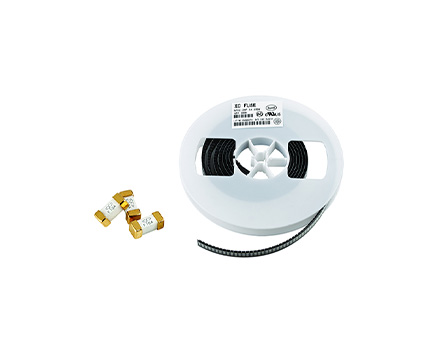
A fuse is an electrical component installed in a circuit to ensure safe operation of the circuit. When the circuit malfunctions or is abnormal, it may burn the circuit or even cause a fire. Some fuses have a blown indicator device, which is used to indicate that when the fuse is activated (blown), it undergoes a certain appearance change and is easily detected by maintenance personnel. So what are the components of a fuse?
1. Electrode
Usually, there are two important components that are connected between the melt and the circuit. They need to have good conductivity and should not generate significant installation contact resistance.
2. Melt
It is the core of a fuse and plays a role in cutting off the current when it is blown. Fuses of the same type and specification should have the same material, geometric dimensions, and resistance values as small and consistent as possible. It is important to have consistent fusing characteristics.
3. Bracket
The melt of a fuse is generally thin and soft, and the function of the bracket is to fix the melt and make the three parts a rigid whole for easy installation and use. It needs to have good mechanical strength, insulation, heat resistance, and flame retardancy, and should not produce phenomena such as breakage, deformation, combustion, and short circuit during use.
Read recommendations:
How many types of fuses are there.plastic fuse board under stairs